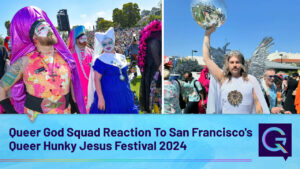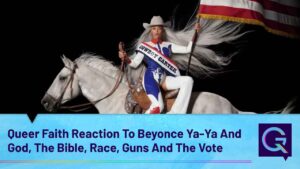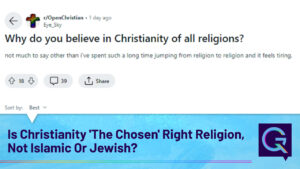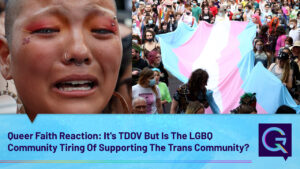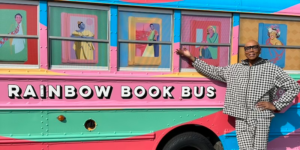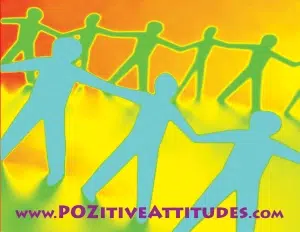In a twist that exposes the complexities within political landscapes, former Republican Representative George Santos finds himself at the center of a paradox. Spending his final hours in office vehemently opposing LGBTQ+ rights, including marriage equality, Santos simultaneously celebrated his second anniversary of marriage to his husband, Matt.
Last week, social media saw Santos sharing joyous moments with his spouse, underlining the irony that later unfolded in the Capitol. In a surprising turn of events, Santos, in a conversation with reporters, disclosed his personal opposition to the very right he exercised—his right to marry a man. Business Insider obtained an audio recording capturing Santos acknowledging his stance against gay marriage, aligning himself with the current Republican party platform that denounces marriage equality.
The Republican party's official stance, reflected in its platform, firmly rejects marriage between individuals of the same sex, emphasizing the traditional view of marriage as between one man and one woman. The platform also criticizes the Supreme Court's landmark 2015 decision in Obergefell v. Hodges, legalizing marriage equality nationwide, dismissing it as "silly."
What makes Santos' case particularly intriguing is that his personal life stands in stark contrast to his political positions. Despite being married to a man for two years, he expresses reservations about the term "marriage" and opposes the government's involvement in marriage altogether. His stance goes beyond opposition to gay marriage; it extends to a broader critique of government-sanctioned unions.
Santos's situation raises questions about the internal dynamics within political parties and the challenges faced by individuals navigating personal convictions in the realm of public policy. The contradiction between his private life and public stance underscores the complexities that arise when personal beliefs collide with party platforms.
As the former Representative exits the political stage, his story serves as a thought-provoking case study on the intricate dance between personal identity, political affiliations, and the evolving landscape of LGBTQ+ rights in the United States.






